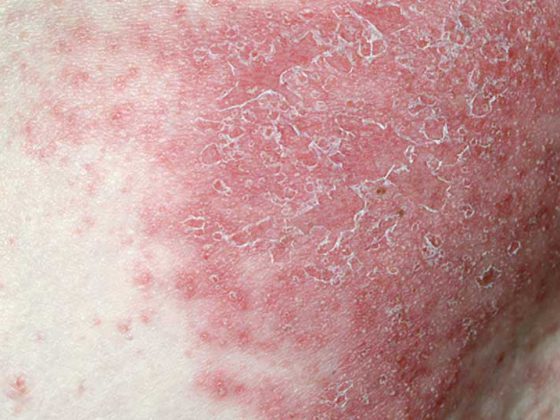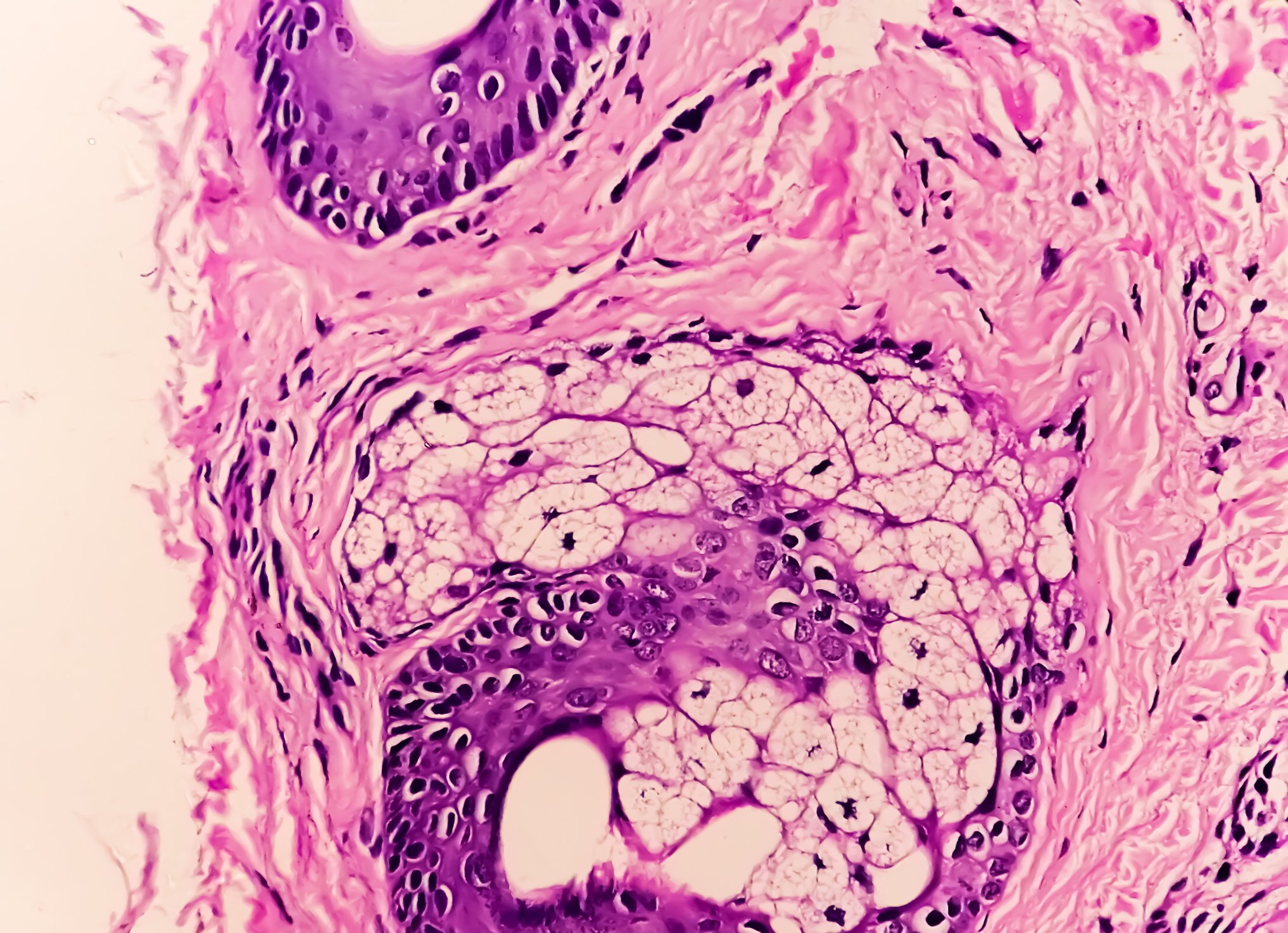Approximately 237 million people worldwide are affected by symptomatic and activity-limiting osteoarthritis (OA). Among disabling conditions, OA has the third fastest growth, with the knee joint being the most commonly affected. Currently, OA therapies predominantly treat symptoms and there are no approved drugs to prevent or delay disease progression.
Symptomatic knee joint arthrosis is associated with physical disability, reduced quality of life, and increased mortality in the elderly [3,4]. In the final stage of the disease, knee replacement is often necessary. FORWARD (FGF-18 Osteoarthritis Randomized Trial with Administration of Repeated Doses) was a five-year, multicenter, randomized, phase II dose-finding study of sprifermin, a recombinant human fibroblast growth factor 18, in patients with symptomatic, radiologically confirmed knee osteoarthritis.
The primary endpoint of the study, which included 549 patients, was the change in total cartilage thickness in the femorotibial joint on quantitative MRI compared with baseline after two years with sprifermin. This endpoint was met: at the two-year treatment time point, there was a mean increase in total cartilage thickness in the two highest-dose sprifermin groups compared with the placebo group. In the groups receiving 100 µg of sprifermin as an intra-articular injection, the statistically significant increase in total cartilage thickness was +0.05 mm (injection every 6 months; 95% CI 0.03-0.07) and +0.04 mm (injection every 12 months; 95% CI 0.03-0.07), respectively, compared with placebo. The change in cartilage thickness after two years of treatment with sprifermin at a dose of 30 µg every 6 or 12 months showed no significant differences compared to placebo.
The most common adverse events (AEs) included skeletal muscle and connective tissue disorders (arthralgia, back pain), infections and parasitic diseases (upper respiratory tract infection, nasopharyngitis), vascular disorders (hypertension), and nervous system disorders (headache). However, they were predominantly of mild or moderate severity.
An exploratory post-hoc analysis presented in November at the American College of Rheumatology (ACR) Annual Meeting additionally evaluated cartilage thickness changes and symptomatic treatment outcomes in a subgroup of OA patients who had both more severe pain and reduced cartilage thickness at baseline, as measured by joint space width, and an increased risk of structural and symptomatic progression. In this “at risk” subgroup, WOMAC scores continued to improve over the 3-year period and were significantly in favor of sprifermin at year 3 (18 months after the last injection) compared with placebo (mean difference in WOMAC pain scores for sprifermin 100 µg every 6 months compared with placebo: -8.75 [95% CI: -22.42, 4.92]). These results support further testing of sprifermin as a potential OA therapy in higher-risk patient populations.
Source: Merck
Literature:
- GBD Collaborators, et al: Global, regional, and national incidence, prevalence, and years lived with disability for 310 diseases and injuries, 1990-2015: a systematic analysis for the Global Burden of Disease Study 2015. Lancet 2016; 388: 1545-1602.
- Osteoarthritis Research Society International. Osteoarthritis: a serious disease. www.oarsi.org/sites/default/files/docs/2016/oarsi_white_paper_oa-serious-disease.pdf [abgerufen im September 2019]
- Cross M, Smith E, Hoy D, et al: The global burden of hip and knee osteoarthritis: estimates from the global burden of disease 2010 study. Ann Rheum Dis. 2014; 73(7): 1323-1330.
- Nuesch E, Dieppe P, et al: All cause and disease specific mortality in patients with knee or hip osteoarthritis: population based cohort study. BMJ 2011; 342: d1165
InFo PAIN & GERIATURE 2019; 1(1): 38.











